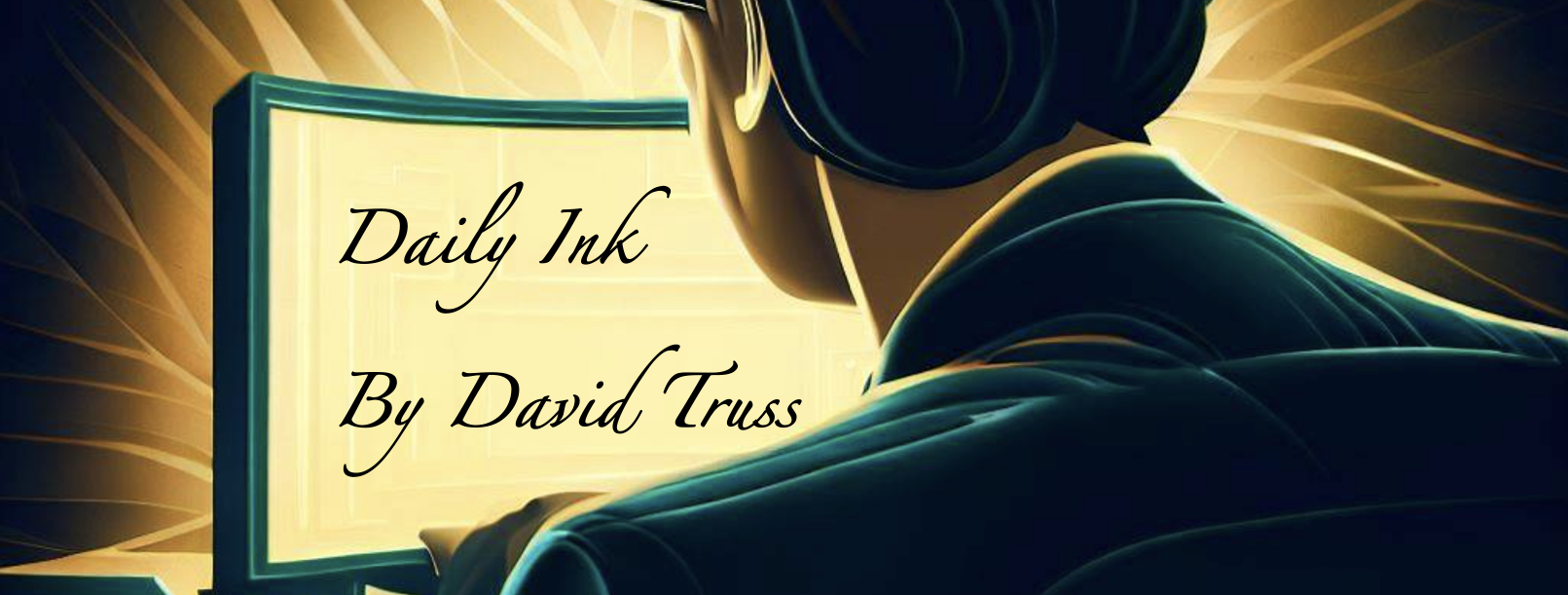I stumbled across the idea of #QuietQuitting which led me to this TikTok video.
The premise is that you don’t actually quit your job, you still perform your duties, but you quit the idea of going ‘above and beyond’. You view work as something you need to do, not something that defines you or determines your self worth.
There is a part of me that struggles with this idea. I can’t see doing the job I have and not wanting to do more, to give more, and to give myself over to my job. Then there is a part of me that totally gets it. I have a job where no matter how many hours I put in beyond the work day, my salary doesn’t change. I’ve fallen into cycles where I’ve dedicated so many hours to my job that I’ve had nothing left for myself or my family. I’ve left work late, and then stayed on my phone working, then gone to bed thinking about the things I still needed to do.
I have recently found a good balance. I get up very early, write, meditate, and exercise so that I feel I’ve accomplished something for myself before I even start my work day. I will stay at work an extra 30 minutes or even an hour longer than planned, but then I don’t do work when I get home. These things provide me with some balance and help me enjoy work more, and still feel like my whole life isn’t work from late August until early July.
But going back to the idea of #QuitQuitting, I see the appeal for people. I don’t think I could do it, but I understand the desire to separate work life from life, and to compartmentalize the two experiences. There are companies now that are seeing the value as well. They are doing things like telling employees what their expectations are and not requiring 8 hour days, (‘This is what you have to do by the end of the week and we don’t care how long you spend doing it or what hours of the day you choose to do them in’). Or, giving employees 4-day work weeks, or ‘Friday optional’ days if work is completed. When you think about it, for many jobs a 40 hour week is completely arbitrary, and a 60 hour week isn’t sustainable for healthy living.
Now in education, where you are responsible for the care of students, a shift to a 4-day week would take a major shift in a culture to adopt, and unlikely to be seen any time soon, but in many other jobs, this is a very likely possibility on a large scale. That said, I think our school, Inquiry Hub could do this. For example, we could make Wednesdays completely optional days, and I could have half my staff there on those days to support students doing their projects. Or we could have Grade 9’s and 10’s off on Mondays and Grade 11’s and 12’s off on Fridays, and focus our learning and support on half of the school on each of those days.
My point is that there are options… and these options can provide a balance for people that give them more time to live their lives outside of school/work, and thus reduce the desire to ‘quit quit’. Because this isn’t just something people are doing at work, I see kids doing this at school too, showing up just to do the minimum.
Maybe the 5 day work week is the problem. Maybe it’s time for us to reevaluate the way we distribute our time between work and the rest of our lives and then maybe people won’t see the need to be #QuietQuitting. Maybe quiet quitting is a signpost that we need to create more work/life balance rather than people trying to unsuccessfully do it on their own.










